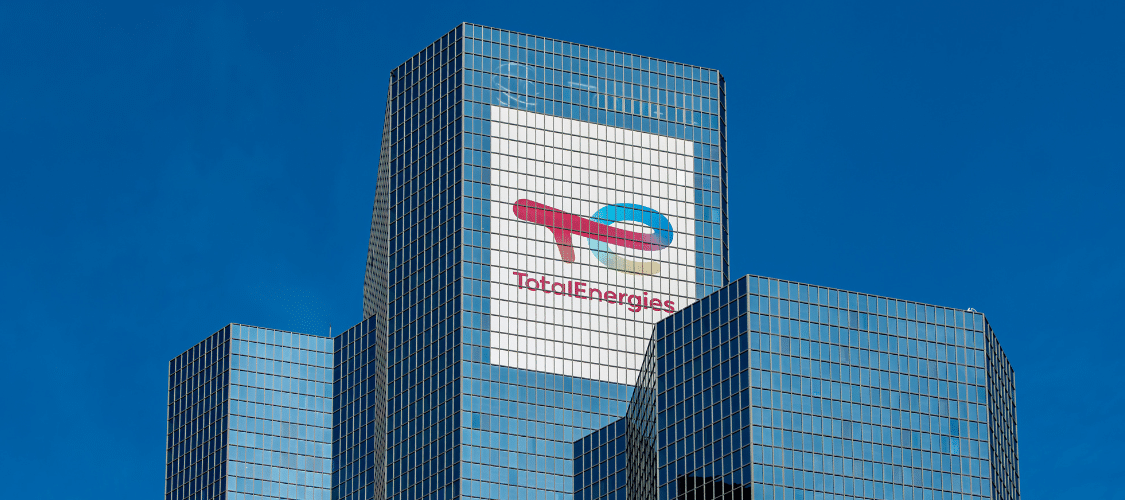In September 2025, Reclaim Finance sent a letter to AXA asking the company not to renew its insurance contract with the controversial Calcasieu Pass LNG liquefied natural gas (LNG) export terminal in southwest Louisiana, United States. Despite its impacts on health, the local economy, and the climate, insuring this fossil fuel infrastructure does not violate AXA’s climate commitments—revealing the weakness of its social and environmental promises. While AXA has already been repeatedly criticized for insuring LNG terminals, Calcasieu Pass LNG alone illustrates the group’s inconsistency: refusing to insure U.S. shale gas, yet continuing to cover LNG export terminals powered by that same gas.
Although AXA has made commitments to reduce its support for certain companies heavily involved in the extraction of unconventional oil and gas, such as shale gas,(1) its pledges remain compatible with the insurance of some of the world’s largest LNG infrastructures, including Calcasieu Pass LNG.
Calcasieu Pass LNG: Mega Project, Mega Impacts
Located in Louisiana just a few kilometers from numerous other LNG export terminals in an area already sacrificed to the fossil fuel industry, Calcasieu Pass LNG (or CP) exports nearly 10 million tonnes per year (mtpa) of LNG (2) and has cost nearly USD 10 billion (3) for its owner, Venture Global.
The company does not intend to stop there and plans to spend nearly USD 50 billion more on an expansion project – CP2 – through two extension phases, one of which is already underway.(4) These expansion plans could boost the terminal’s liquefaction capacity to nearly 30 mtpa, making Calcasieu Pass LNG one of the largest LNG export terminals in the United States, alongside another AXA-insured LNG terminal, Freeport LNG.
The terminal’s local impacts are numerous. Venture Global engaged in routine flaring during 84 of the terminal’s first 90 days of operation,(5) releasing large amounts of air pollutants. In 2022 alone, nearly 140 violations of air quality regulations and nearly 50 incidents linked to releases of hazardous and/or toxic air pollutants were recorded at Calcasieu Pass LNG. (6)
In August 2025, an incident related to sediment dredging from the bottom of Calcasieu Lake during construction of the first phase of CP2 resulted in the release of large quantities of mud. Covered by local media,(7) this event directly impacted fishers, depriving them of the start of their season and their only source of livelihood.
Reclaim Finance, in solidarity with the affected fishing communities, called on AXA to stop insuring Calcasieu Pass LNG through a letter sent last September to its sustainability team, a letter that remains unanswered. Despite numerous warnings, AXA turns a blind eye to Venture Global’s high-risk activities in Louisiana, continuing to insure the Calcasieu Pass LNG terminal.
LNG expansion: A Global Climate Threat
The case of Calcasieu Pass LNG is far from unique. More than 60 new LNG export terminals could be built by 2030, jeopardizing the goal to reach net zero emissions by 2050. According to Reclaim Finance’s analysis, these new gas infrastructures could emit up to 10 Gt of CO₂-equivalent, including 150 Mt of methane.
Widespread methane leaks along the LNG supply chain make the sector’s expansion incompatible with the 2050 net zero goal: according to the International Energy Agency, to stay on track, methane emissions from the fossil fuel sector (coal, oil, and gas) must fall by 75% in the next four years (by 2030) compared to current levels.(8)
Even Greater Risks with U.S. LNG
In the United States alone, more than 10 new LNG export terminals or expansions of existing ones are already planned.(9) This growth is particularly problematic given that the gas feeding LNG export terminals comes 78% from shale formations.(10)
To extract this gas, oil and gas companies rely on hydraulic fracturing, a highly dangerous and polluting unconventional extraction method that increases the risk of earthquakes (11), causes large methane leaks,(12) requires excessive water use, and poses risks of drinking-water contamination.(13) The technique is so dangerous for frontline communities and the climate that it has been banned in France since 2013.(14)
AXA: No to Shale Gas, Yes to LNG
For all these reasons, AXA committed in 2021 to reduce insurance coverage for shale oil and gas projects for clients most exposed to this unconventional oil and gas sector (those for whom more than 30% of oil and gas production comes from shale).
In August 2025, according to Mike Sabel,(15) CEO of Venture Global, the terminal’s infrastructure allows it to ‘take enormous volumes of Permian gas’, the second-largest shale gas-producing region in the U.S.(16) These statements end any uncertainty about the source of the gas supplying the Calcasieu Pass LNG export terminal.
Tracing shale gas from a production area to an LNG terminal is particularly difficult due to the dense pipeline networks in some U.S. states, such as Texas with its 760,000 km of pipelines.(17) This provides a convenient excuse for AXA to continue insuring LNG export terminals while refusing to insure shale gas production even though these two parts of the value chain are closely linked.
Despite its social commitments,(18) its shale gas policy, and the many harmful impacts of the LNG industry at both local and global levels, AXA continues to ignore the close links between shale gas production and LNG export terminals. The French insurer puts its reputation at risk by continuing to cover Calcasieu Pass LNG and new LNG export terminals.
Repeated warnings, the long list of social, health, and environmental impacts of Calcasieu Pass LNG, and the clear evidence of its dependence on shale gas should be enough to convince AXA not to renew its coverage of the terminal when the contract expires in March 2026. Reclaim Finance more broadly calls on the AXA Group to stop insuring any new LNG export terminal, a measure consistent with the climate ambition the French insurer claims to uphold.



